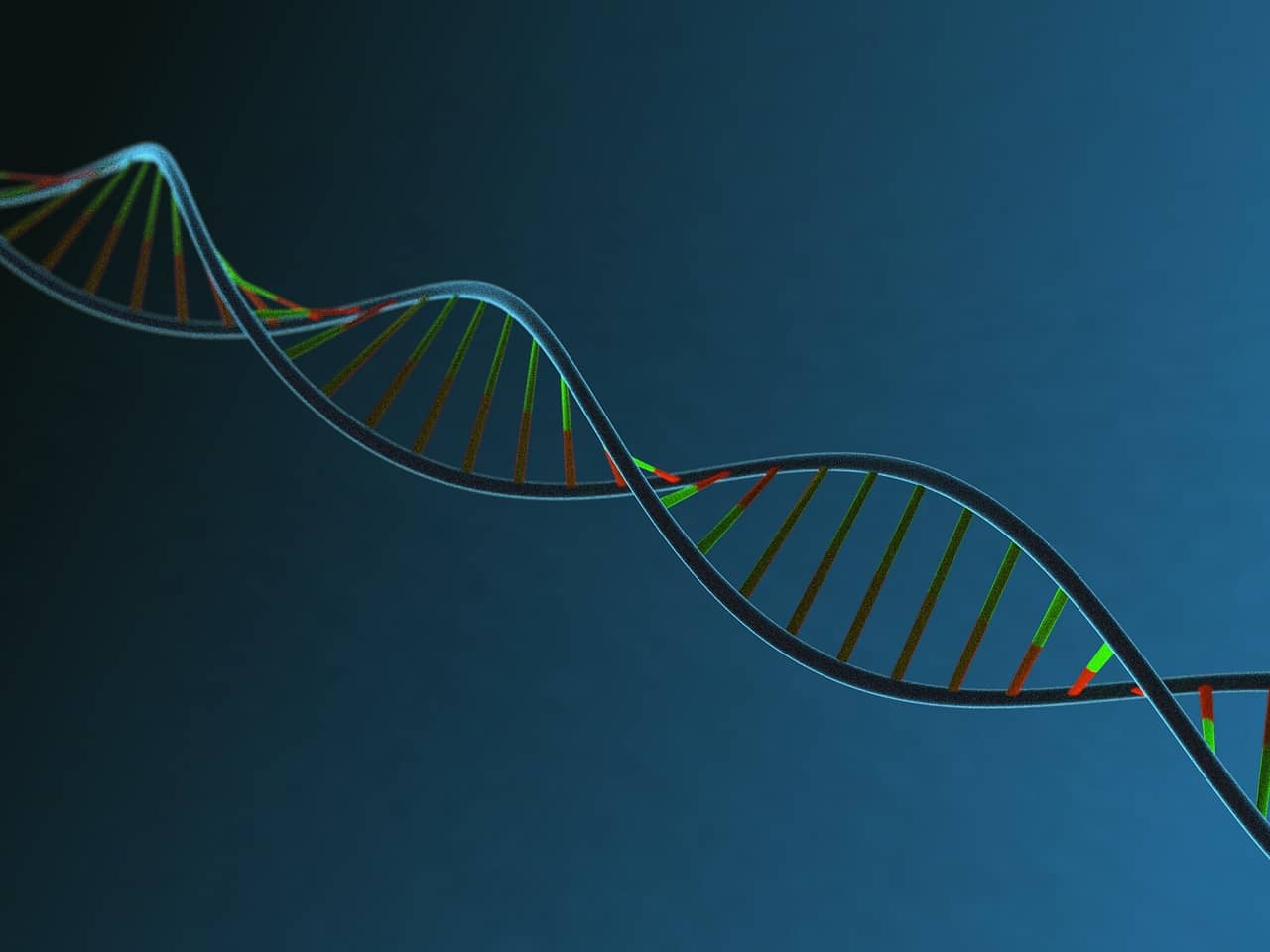Researchers at Columbia University have discovered a new gene, TBK1, that is linked to the progression of amyotrophic lateral sclerosis (ALS). A lack of understanding of a rare disease hinders any progress towards treatment, which is what makes this new discovery so exciting. Through mouse models, they have studied this gene and its affect on the neurological disease. The knowledge gained in this study could lead to treatments that modify pathways within the gene, which would slow the progression of ALS.
About Amyotrophic Lateral Sclerosis (ALS)
Amyotrophic lateral sclerosis (ALS) is a progressive, neurological disease in which nerve cells in the brain stem, brain, and spinal cord deteriorate. Due to this deterioration, muscles weaken and people lose control of them and their voluntary movement. In the late stages of ALS, the muscles necessary for breathing weaken, resulting in death. There are two forms of this disease: sporadic and familial. The former is the most common, with 90-95% of cases falling into this category. Familial means that it is inherited. ALS is a very rare disease, as its incidence is 3.9 of every 100,000 people in the United States. While anyone can have ALS, white males aged 60-69 are at the highest risk.
Medical professionals do not know the cause of ALS. In the familial form of the disease it is known that a mutated gene is inherited from parents, but it is still not fully understood and only accounts for 5-10% of cases. Researchers believe that there is a connection between frontotemporal dementia and ALS. Another theory is that exposure to certain substances or toxins leads to the development of ALS.
Symptoms of ALS vary between individuals. They also worsen as the disease progresses. Symptoms begin with difficulty with small movements and everyday things like walking. At the onset of the disease, people may trip and feel weakness in their arms, hands, and legs. As it progresses, people experience difficulties with speaking and swallowing, slowed and slurred speech, twitches and cramps in the muscles, and difficulty holding good posture. In the later stages people will be unable to move their muscles gradually, which affects the entire body. This inability affects movements like blinking. While people with ALS experience loss of muscle function, they do not lose any of their cognitive abilities. Their senses are generally not affected either.
A diagnosis is obtained after a physician notices the symptoms and performs tests to rule out other conditions like Lyme disease, HIV, or multiple sclerosis. Blood tests may be used to accomplish this. After other conditions are ruled out, doctors will use electromyographies (EMGs), nerve conduction studies (NCSs), and magnetic resonance imaging (MRIs). Once a diagnosis is obtained, treatment is often symptomatic, as there is no cure for ALS. Treatment includes physical and speech therapy, nutritional and ventilation support, medication for depression or anxiety, medication to relieve tenseness and pain in muscles, hospice care, and riluzole, which reduces damage to the motor neurons.
Columbia’s Study
There are many genes that have been associated to the progression of ALS, and researchers at Columbia used this knowledge to formulate their study. Using mouse models of ALS, called SOD1 mice, they inserted the TBK1 mutation into motor neurons.
This insertion resulted in an earlier onset of symptoms when compared to the original SOD1 mice, along with damage to the motor neurons. These results make sense as the TBK1 gene plays a role in autophagy, which is when damaged proteins, cells, and bacteria are removed. A mutation in or deletion of this gene can greatly alter that process, leading to an earlier onset.
While the first step in this study showed that TBK1 played a negative role in the progression of ALS, later research saw that this gene could have positive effects. Within mice who had the TBK1 gene present within all their cells rather than just their motor neurons, the lifespan was 25% longer. Further evaluation found that this was because the TBK1 cells could suppress some of the interferon responses within the glial cells of the nervous system.
These results, both negative and positive, are very helpful in discerning TBK1’s role in ALS. Researchers hope to use this newfound information to work on future treatments and modifying pathways in order to slow the progression of ALS. They hope that this study will be a step in bettering the lives of those with the neurological disease.
Find the source article here.







